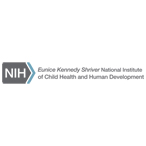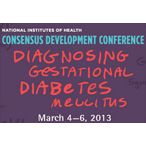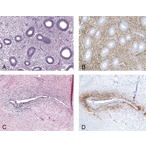NICHD reorganizes extramural program
Alan Guttmacher, M.D., Director of the Eunice Kennedy Shriver National Institute of Child Health and Human Development (NICHD) announced a number of changes to streamline the institute’s organizational structure and accelerate the exchange of scientific ideas.









 BACK TO TOP
BACK TO TOP